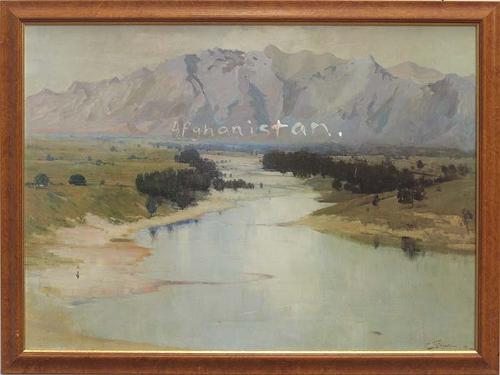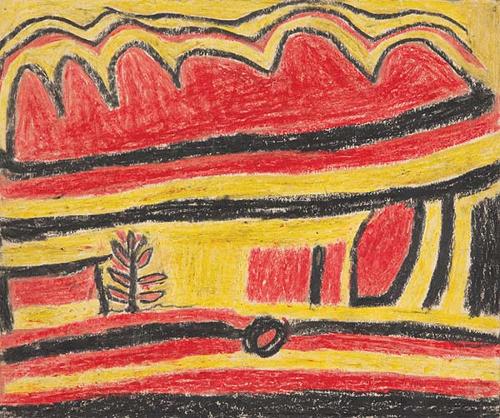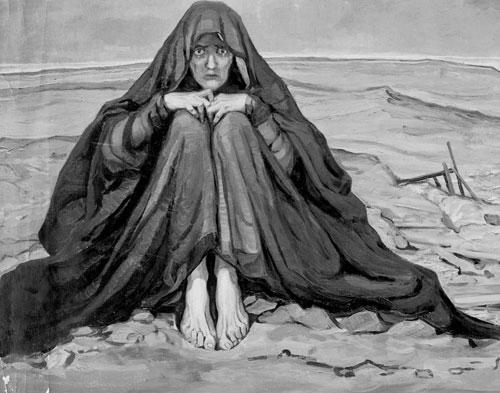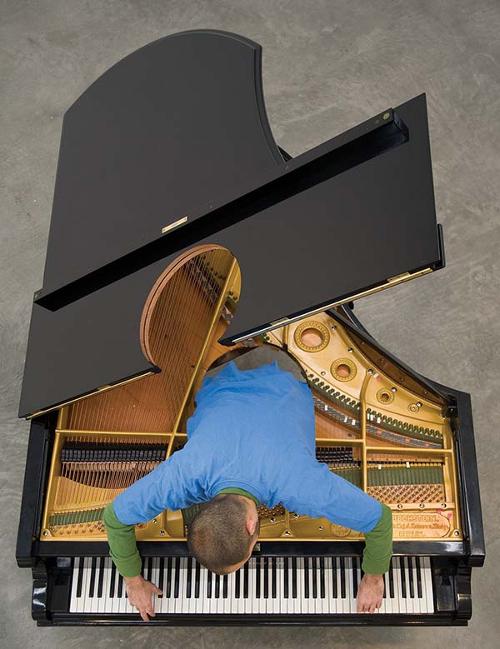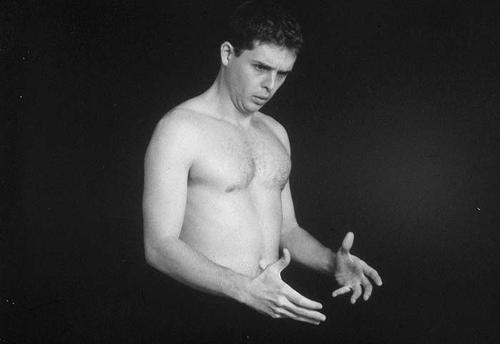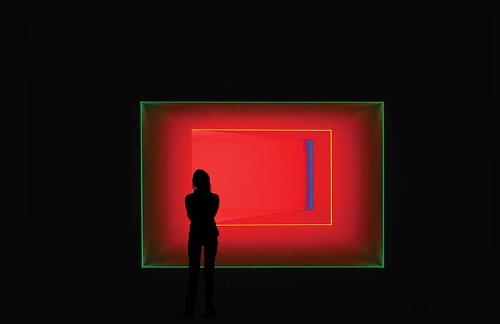
The Clipperton Project is the name of the not-for-profit organisation begun in 2010 that makes global investigative seafaring voyages. Crewed by arts and science practitioners, the group aspire to reinforce the notion that we are a global citizenry with collective responsibilities. Shown at the Fremantle Arts Centre, Horizon: Exploring the West Coast with The Clipperton Project is an exhibition of the work of seventeen artists, most from WA, that demonstrates the extraordinary scope of this international initiative. Its title simultaneously connotes both a sweep of perception and an immensity of possibility. It signifies the unknown countenance of 'forever' and the grand magnitude of the Western Australian coastline.
Perdita Phillips posits an engaging lead-in to the scope of this show. Through work that astutely aligns environmental issues with social change, she asks ‘what happens when an archive is for the future and not just the past’? This proposition urges us to consider relics and residual yet-to-be historical artifacts. What decisions are we making now that may potentially jinx our resolve in the future?
Informed by historical ephemera, Nien Schwarz has created a highly evocative work that deconstructs a cartographically ‘factual’ world in order to fashion an imaginary Utopian realm. A large scale ‘map’ for a fictional place has been rendered from standard issue charts from the 1940s, cut up and re-purposed. A patinated toy boat, folded from an empty powdered milk tin, sits alongside as a quietly stated tribute to the human spirit that makes do in hard times. Her artist statement furnishes a powerful adjunct to a compelling work.
Memory has its own evocative influence over history that seeks a coherent legitimacy in ambiguous narrative. Jo Darbyshire plumbs artifacts and relics that reference a sense of place and identity. Alluding to James Stirling’s settlement on Garden Island, she renders works that invite us to ponder a museological context for the nebulous ‘imagining’ of the past. On the other hand, approaching history from a more personal perspective, Vanessa Russ engages with the medium of drawing as a means of conveying her advocacy for home - her ‘heartland’. Following the Fitzroy River, she invites us to consider that, wherever we are, our ‘horizon’ moves with us.
In an engaging juxtaposition of the prosaic and the monumental, Susanna Castleden documents future narratives of history and archives with her life-sized frottage assemblage of a caravan travelling between Broome and Fremantle. Almost emblematic of a generation, the phenomenon of the ‘grey nomad’ has come to occupy an ambiguous identity within popular culture, and Castleden has devised a fascinating methodology for manifesting transient connections to place as well as the signification of a socio-economic position.
This is an exemplary show that interprets the WA coastline from a multitude of perspectives. What they show is as diverse as it is resourceful – from the poignant visual metaphors of Shane Pickett to the sea-faring coracles by Snapcat – the artists in Horizon exhort an acknowledgement of our place in the world and present a clarion call to our considered and responsive guardianship.




